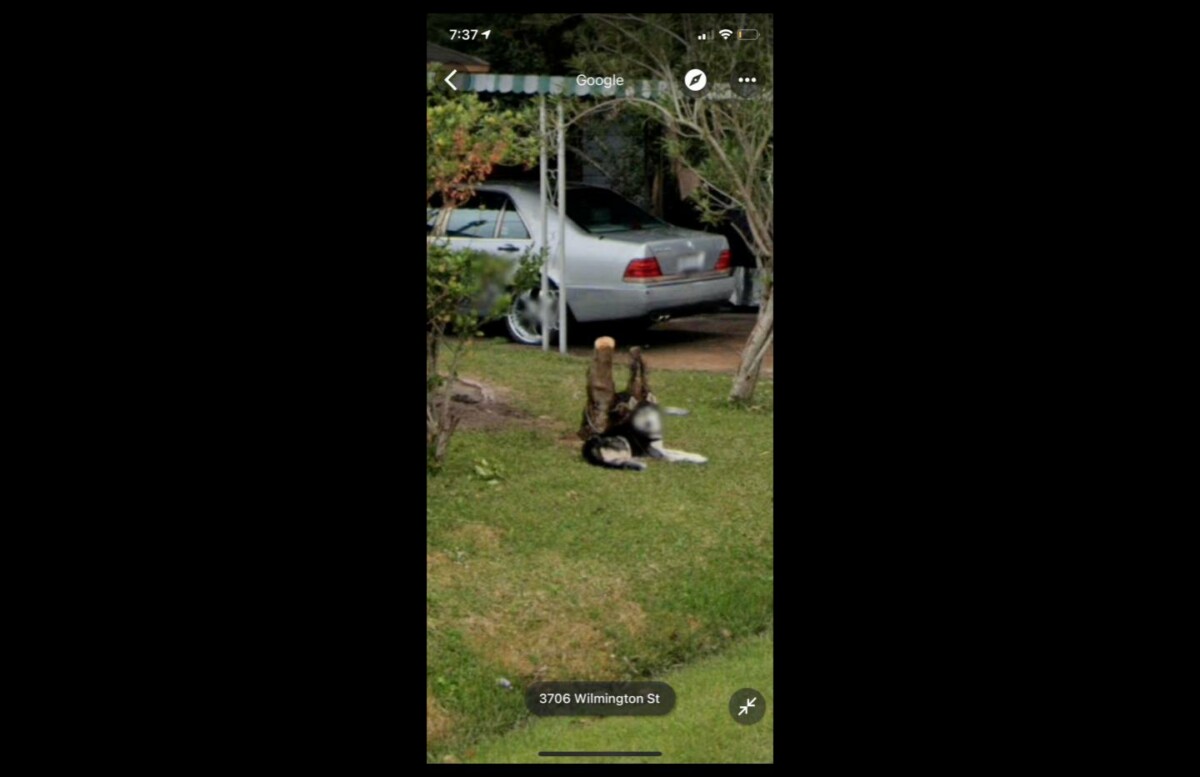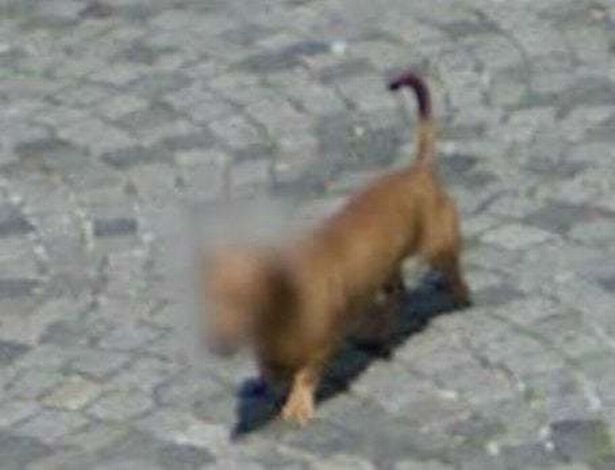For the past few weeks, Google has been blurring the heads of dogs and cats on Google Maps Street View. Why ? The reasons are many.

The protection of our privacy is an essential subject, and that of our pets? A few weeks ago, Google started blurring the heads of dogs’ animals on Street View.

This blurring is applied automatically by Google’s algorithms and will gradually be deployed on all images in the Google Maps tool.
Why blur the face of our pets?
The General Regulation on the Protection of Personal Data, more commonly known as GDPR, is interpreted differently depending on the countries of the European Union. The GDPR was not designed for animals, although the debate has already been opened. For example, in France, the subject of pets does not seem to have been addressed yet.
In Belgium, it is the contact data of the chips that are protected, they are no longer public by default. It is an interpretation of the GDPR that is not directly related to our pets, but to our personal data stored on mandatory identification chips on dogs and cats.
As the owner of a dog or a cat, you can choose to manually make this data public, in the event that you lose your animal for example. If you haven’t made the change, only vets and shelters will be able to read the data.
Indirect identification of the owner
Google has not officially communicated the reasons for this change in the processing of data related to our pets. This could be a side effect of the algorithm used by Google, which sees animal faces as human faces, or to protect itself in the event that a pet can indirectly identify its owner.
For our part, we interviewed Florent Gastaud, GDPR expert:
(…) there is no processing of personal data linked to the simple visualization of an animal in the street; on the other hand, the visualization of an animal could in certain particular circumstances — indirectly — make it possible to identify the person walking the animal. In this context, blurring the animal could help avoid potential re-identification of animal owners.
This is not a GDPR subject, but a subject related to privacy issues. Exactly, Google has a stake in not being able to identify that a person is a specific place at a given time, which would explain why Google blurs the faces of dogs and cats.
To follow us, we invite you to download our Android and iOS application. You can read our articles, files, and watch our latest YouTube videos.
